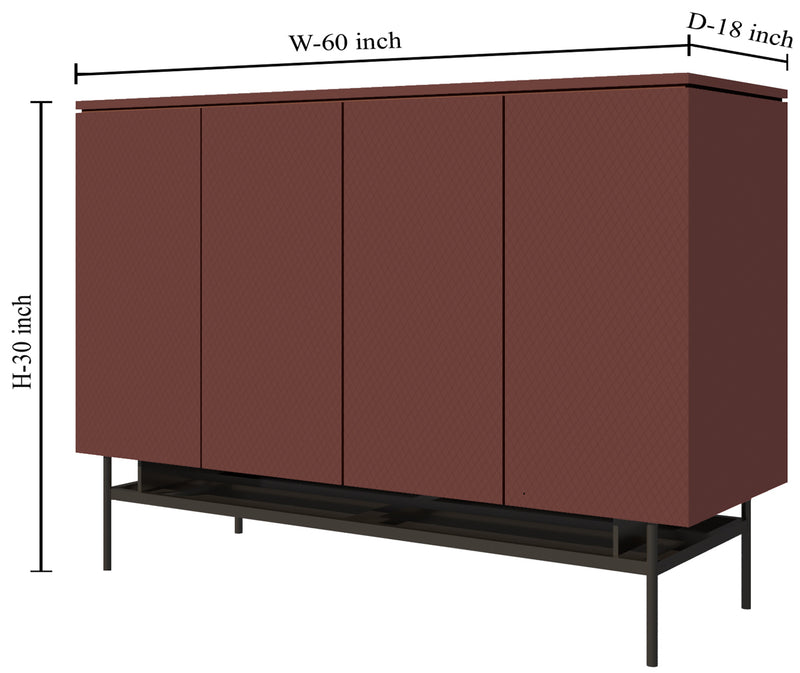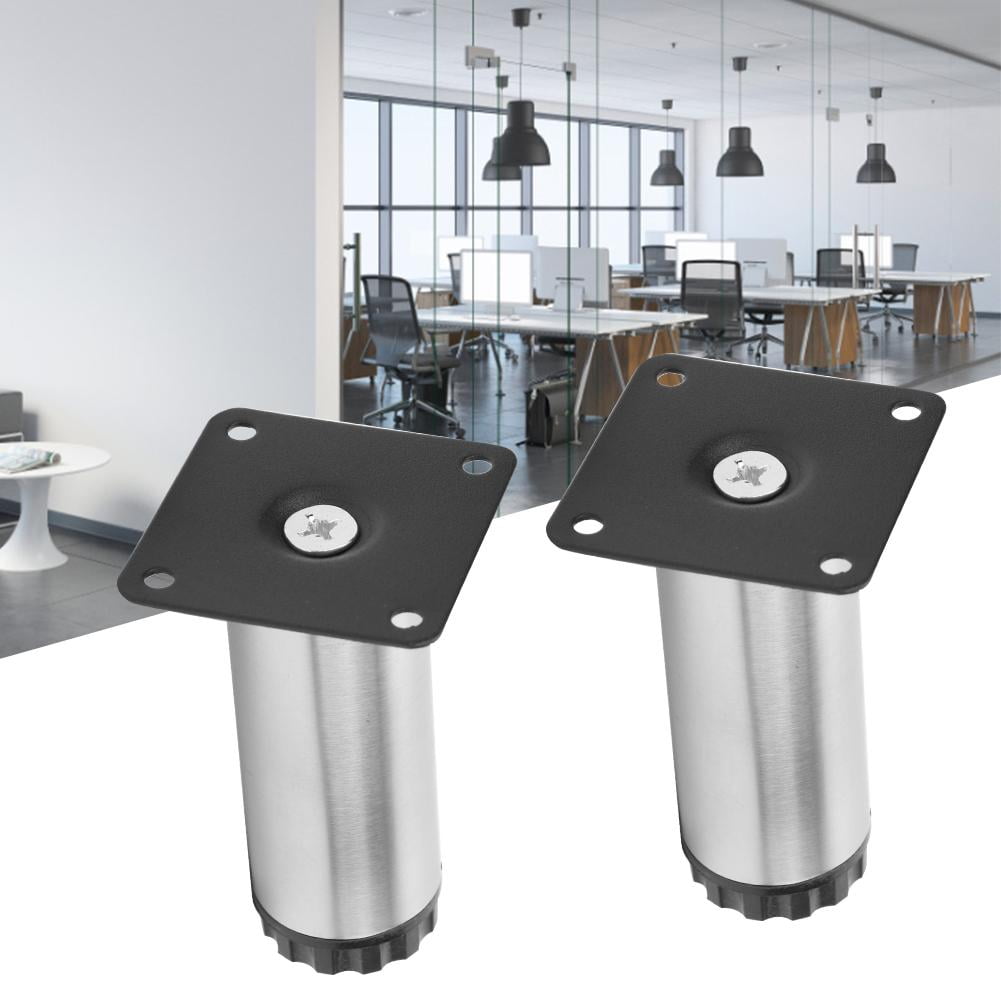Types of Filing Cabinet Legs: Legs For Filing Cabinet

Filing cabinets, the stalwart guardians of our important documents, come in various shapes and sizes, and one key element that influences their functionality and stability is the type of legs they have. Let’s delve into the different types of filing cabinet legs and understand their unique characteristics.
Standard Legs
Standard legs are the most common type found on filing cabinets. These legs are typically made of metal and are designed to provide a solid foundation for the cabinet. They are usually rectangular or square in shape and come in different heights to accommodate various cabinet sizes. The advantage of standard legs is their simplicity and affordability. They are also durable and can withstand heavy loads.
Caster Legs
Caster legs, also known as wheels, offer mobility and flexibility to filing cabinets. They are typically made of plastic or metal and are attached to the bottom of the cabinet. Caster legs make it easy to move the cabinet around the office or workspace, allowing for quick and effortless adjustments to the layout. However, caster legs can be less stable than standard legs, especially on uneven surfaces. They can also make it difficult to keep the cabinet in a specific position.
Adjustable Legs
Adjustable legs are designed to provide stability and flexibility. They allow you to adjust the height of the filing cabinet to level it on uneven floors. This is particularly useful in older buildings or spaces where the floor might have a slight slope. Adjustable legs are usually made of metal and can be easily adjusted using a lever or screw mechanism. They are an excellent choice for ensuring a stable and level surface for your filing cabinet, regardless of the floor conditions.
Specialty Legs
Specialty legs are designed for specific applications or heavy-duty cabinets. They can be made from various materials, including metal, wood, or plastic, and come in unique shapes and sizes. For example, heavy-duty filing cabinets might have thicker and more robust legs to support the increased weight. Some cabinets might have legs that are specifically designed for use in industrial settings or for storing hazardous materials.
Materials Used for Filing Cabinet Legs

The legs of a filing cabinet play a crucial role in its stability, durability, and overall aesthetics. Choosing the right material for the legs is a significant consideration, as it impacts the filing cabinet’s functionality and lifespan.
Metal Legs
Metal legs are a popular choice for filing cabinets due to their exceptional durability and robustness. They are typically made from steel or aluminum, both of which are known for their strength and resistance to wear and tear. Metal legs can withstand heavy loads, making them ideal for filing cabinets that store large quantities of documents.
- Durability: Metal legs are highly resistant to scratches, dents, and corrosion, ensuring that the filing cabinet remains stable and functional for extended periods.
- Aesthetics: Metal legs offer a sleek and modern aesthetic, complementing various office decor styles. They can be finished in a variety of colors and coatings, allowing for customization to match the surrounding environment.
- Versatility: Metal legs can be designed in different shapes and sizes, providing flexibility in terms of filing cabinet height and width.
Plastic Legs
Plastic legs are often used for lighter-duty filing cabinets, offering a more budget-friendly option. They are typically made from high-impact plastics, which are durable and resistant to moisture. Plastic legs are lightweight and easy to clean, making them a practical choice for some applications.
- Cost-Effectiveness: Plastic legs are generally less expensive than metal legs, making them a viable option for budget-conscious consumers.
- Lightweight: Plastic legs are significantly lighter than metal legs, making them easier to move and reposition.
- Moisture Resistance: Plastic legs are resistant to moisture and water damage, making them suitable for use in humid environments.
Wood Legs
Wood legs can add a touch of warmth and elegance to a filing cabinet. They are typically made from hardwoods such as oak, maple, or walnut, known for their durability and attractive grain patterns. Wood legs can be stained or painted to match the surrounding furniture or decor.
- Appearance: Wood legs offer a classic and sophisticated aesthetic, adding a touch of elegance to any office setting.
- Durability: Hardwoods used for filing cabinet legs are durable and resistant to scratches and dents, ensuring long-lasting functionality.
- Customization: Wood legs can be stained or painted in a variety of colors and finishes, allowing for customization to match the surrounding decor.
Considerations for Choosing Filing Cabinet Legs

Choosing the right legs for your filing cabinet is crucial, as they play a significant role in its functionality, stability, and aesthetics. Understanding the different types of legs available and their unique characteristics will help you make an informed decision that meets your specific needs.
Comparison of Filing Cabinet Leg Types, Legs for filing cabinet
The following table compares the key features of standard legs, caster legs, and adjustable legs:
| Feature | Standard Legs | Caster Legs | Adjustable Legs |
|---|---|---|---|
| Mobility | Immobile, requiring lifting for movement | Highly mobile, allowing easy rolling | Moderate mobility, allowing for adjustments and movement |
| Stability | Very stable, providing a secure base | Less stable than standard legs, especially on uneven surfaces | Moderate stability, offering adjustable height and leveling |
| Adjustability | Not adjustable | Not adjustable | Adjustable height, allowing for leveling on uneven surfaces |
| Durability | Durable, often made from metal or wood | Durable, with casters made from sturdy materials | Durability depends on the material and construction, with some models being more robust than others |
| Aesthetics | Wide range of styles, from traditional to modern | Limited aesthetic options, typically focusing on functionality | Moderate aesthetic appeal, with some models offering stylish designs |
Legs for filing cabinets can enhance their stability and aesthetic appeal. While they are often practical, you might also consider a more decorative approach. For a touch of elegance, you could opt for a bedroom cabinet with mirror to add a touch of sophistication to your space.
The combination of functionality and style can be quite charming, and the same principles can be applied to filing cabinets. By choosing the right legs, you can elevate the look and feel of your filing cabinet, creating a piece that complements your surroundings.
Finding the right legs for your filing cabinet can be a surprisingly important decision. You want something sturdy and stylish, of course, but also something that complements your workspace. And speaking of complementing, have you considered the advantages of living in a two-bedroom apartment in Albany?
Two bedroom apartments in Albany offer a great balance of space and affordability, making them ideal for individuals or small families. Just like finding the perfect legs for your filing cabinet, choosing the right apartment requires careful consideration of your needs and priorities.